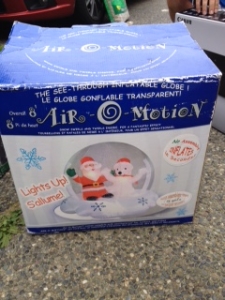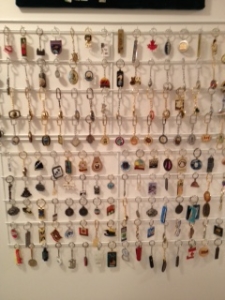Organizing Under the Kitchen Sink
Do you feel you have everything including the kitchen sink in your home both literally and figuratively?
Check out this short video on “Organizing Under The Kitchen Sink” then read on to get
Getting It Together’s Top 5 Tips to get it organized and stay that way
Tip #1: Make sure your kitchen sink is clean and shiny before going to bed. There is nothing worse than waking up in the morning and facing a sink filled with dirty dishes. This will put you behind for your new day. It will take less than 15 minutes right after dinner to do this task.
Tip #2: Have a container by your sink for all of your cloths, brushes and soap. It looks messy if they are just hanging around by the side of the sink.
Better yet put them under the kitchen sink if you have room…which you will have by the time you have finished organizing under there!
Tip #3: Getting It Together under the sink is a 15 minute task. Pull everything out onto the kitchen floor. Make sure your children are out of the room. Give it a good scrub. Check for any leaks or rusty pipes. Be sure to call your plumber if you find any.
Tip #4: Get a container for all of your cleaning supplies. Put back only the ones that you use, like, and have enough product in them to make it worth your while. Toss the rest. Have another container for your rags and one for any miscellaneous items. Set up a good system for your garbage and recycling. Keep it small and compact so you can empty it often. This really cuts down on any odors in the kitchen.
Tip #5: Set up a maintenance plan. Every 4 months repeat the above tips, clear out all unwanted bags and freshen it up by giving it a good wipe down.
If you have small children at home you may choose to put your cleaning supplies up in a higher cupboard. If this is not possible then be sure to use a safety lock on the cleaning supplies cupboard door.
For more detailed information or to book Rowena please contact https://www.gettingittogether.ca/
PS. Have you taken advantage of your FREE session yet?
15 minutes to clearing the clutter freedom is waiting for you. It is a phone call away.










